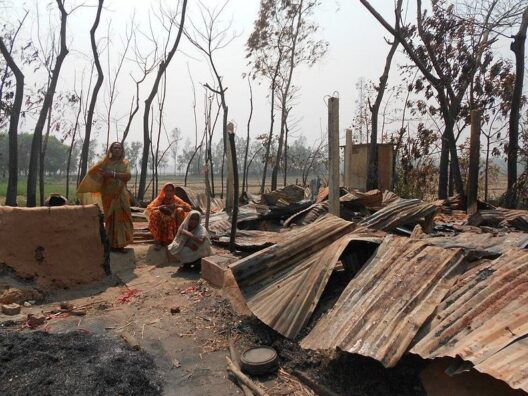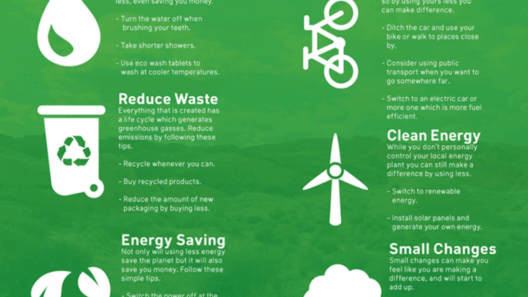The term “climate” is often wielded like a scepter in discussions about our planet’s future. However, its true essence goes far beyond a mere catchphrase or a scientific term. To grasp the profound implications of climate, one must delve into the intricate tapestry of atmospheric conditions that shapes our world.
At its core, climate represents the long-term patterns and averages of meteorological phenomena in a particular region—think of it as the evolution of a person rather than a snapshot of a moment. Just as an individual exhibits varying behaviors across decades, the climate reveals its character through years of weather variations, encompassing temperature, humidity, precipitation, and wind patterns. The story of climate is one of continuity and change, woven into the fabric of Earth’s history.
The concept of climate invokes the grand narratives of life itself, establishing a relationship between nature and the human experience. It is this metaphorical interplay—where the sky serves as a canvas for the dynamics of existence—that accentuates its unique appeal. Understanding climate is like deciphering a poem, with each line contributing to the overall meaning and emotional resonance.
The journey into the multifaceted definition of climate begins with the distinction between weather and climate. Weather refers to the short-term conditions of the atmosphere at a specific time and place. Imagine stepping into a vibrant painting that alters with the flicker of light—this is weather. It encapsulates the day-to-day variability, dictating whether you’ll need an umbrella or sunglasses. Climate, on the other hand, forms the underlying hues of the painting. It is the broad brush that lays the backdrop upon which weather paints its temporary strokes.
In the lexicon of environmentalism, climate is irrevocably intertwined with the concept of climate change. This phenomenon, driven predominantly by human activities such as burning fossil fuels and deforestation, has instigated an overhaul of the delicate balance within our climate systems. Picture the Earth as a finely tuned orchestra, where every instrument has a role to play. When one musician plays out of tune—representing emissions of greenhouse gases—chaos ensues in the symphony of climate, leading to dire ecological consequences. Rising temperatures, altered rainfall patterns, and intensified weather events are merely the initial notes in a discordant melody that could crescendo into a cataclysmic climax if left unchecked.
Exploring the implications of climate also invites an examination of its impact on ecosystems and biodiversity. Like intricate labyrinths, ecosystems thrive under specific climatic conditions. Consider coral reefs—vibrant, bustling cities teeming with life. They flourish in warm, clear waters that offer the sunlight necessary for photosynthesis. However, as ocean temperatures rise due to climate change, these ecosystems face grave tribulations. The metaphorical cities begin to erode under the weight of heat stress, leading to phenomena such as coral bleaching, further exacerbated by acidification. The intricate balance is disrupted, and entire communities risk disappearing. Each organism, from the tiniest microbe to the largest whale, is ensnared in this intricate web of interactions shaped by climatic forces.
As we ponder the ramifications of climate, it is crucial to consider the scales of human endeavor. The interconnectedness of climate affects everything from agriculture to public health. Picture agriculture as a delicate dance—where farmers coordinate with the rhythms of the seasons, relying on predictable climatic cues. When those cues become erratic, the dance falters, leading to a cascade of impacts: diminished yields, food insecurity, rising prices, and precarious livelihoods. This chain reaction is emblematic of climate’s vast reach, illustrating how it forms the undercurrent of daily existence.
Moreover, climate change does not influence every region evenly; developing nations bear a disproportionate burden. Envision a scale tipped in favor of those with resources, where the vulnerable populations stand precariously on the edge. Frequently located in regions that are already fragile, these communities are ill-equipped to adapt. They find themselves at the mercy of floods, droughts, and rising sea levels—climate injustices that compel us to recognize our moral responsibility towards equitable solutions.
Understanding the concept of climate is ultimately an invitation to engage with the planet critically. It compels us to delve into philosophical inquiries regarding our relationship with nature. As stewards of this blue planet, we are called to consider what our involvement entails. Climate becomes not merely a statistic or a distant concern; it transforms into a call to action, urging us to take decisive steps to mitigate its upheavals and preserve its delicate equilibrium.
In conclusion, the definition of climate can be akin to a journey through an ever-evolving landscape, marked by historical patterns and contemporary crises. It remains crucial to appreciate its complexities, from the interconnected ecosystems to the social ramifications faced by vulnerable populations. Just as a weaver meticulously stitches together various threads to create a tapestry, humanity must collaborate to weave solutions that harmonize our relationship with the climate, ensuring a sustainable and inclusive future for generations to come. By recognizing the gravity of climate and embracing our role within its narrative, we can pave the way for a more resilient planet and an enduring legacy.







